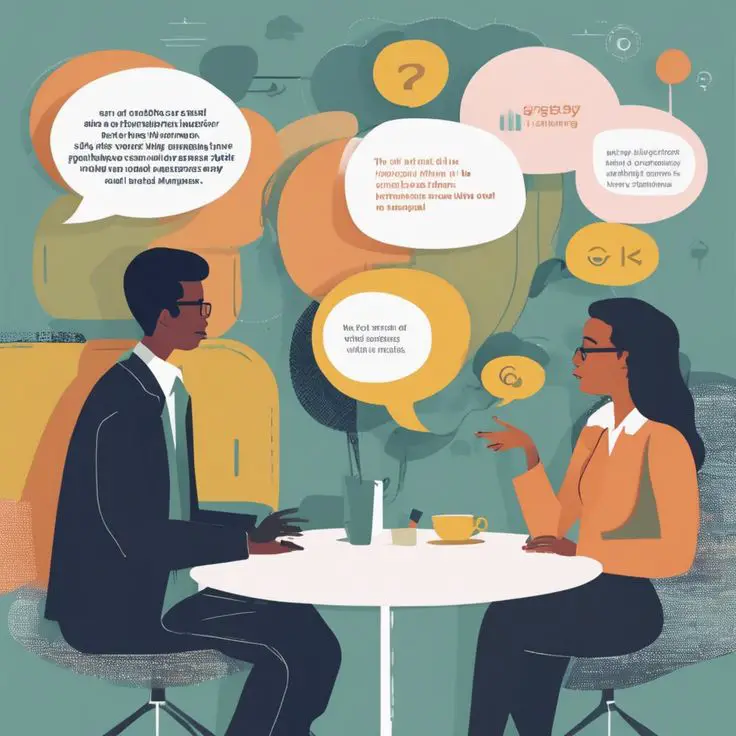
The Role of AI Companions in Enhancing Social Skills and Communication Abilities
Artificial Intelligence (AI) is becoming an integral part of our lives, offering unprecedented opportunities for personal growth and development. One of the most fascinating applications of AI is its role in enhancing social skills and communication abilities. AI companions, from virtual assistants to humanoid robots, are designed to interact with users in ways that can significantly improve their social interactions and communication skills. This article explores how AI companions can help individuals develop these essential abilities.
The Rise of AI Companions
AI companions are sophisticated systems that use natural language processing, machine learning, and advanced algorithms to simulate human-like interactions. These companions can engage in conversations, provide feedback, and adapt to the user’s needs, making them powerful tools for enhancing social and communication skills.
Benefits of AI Companions
- Consistency and Availability: AI companions are available 24/7, providing consistent interaction and feedback.
- Personalization: They can tailor their interactions to the individual’s learning style and preferences.
- Non-judgmental Environment: AI companions offer a safe space for practicing social interactions without fear of judgment or rejection.
Enhancing Social Skills with AI Companions
For Children
- Interactive Learning:
- Role-Playing: AI companions can engage children in role-playing scenarios, helping them practice social interactions in a controlled environment.
- Social Cues: Through interactive games and conversations, AI can teach children to recognize and respond to social cues such as facial expressions, body language, and tone of voice.
- Building Confidence:
- Positive Reinforcement: AI companions can provide positive reinforcement and constructive feedback, boosting children’s confidence in their social abilities.
- Incremental Challenges: By gradually increasing the complexity of social interactions, AI can help children build their skills progressively.
For Adults
- Improving Communication Skills:
- Conversational Practice: AI companions can engage adults in meaningful conversations, helping them practice active listening, empathy, and effective communication.
- Language Learning: For individuals learning a new language, AI companions can provide real-time feedback and practice opportunities, enhancing language proficiency.
- Social Anxiety:
- Safe Practice: For those with social anxiety, AI companions offer a safe and low-pressure environment to practice social interactions.
- Gradual Exposure: By simulating social scenarios, AI can help individuals gradually build their comfort and confidence in social settings.
For the Elderly
- Maintaining Cognitive Health:
- Engaging Conversations: AI companions can engage the elderly in stimulating conversations, helping maintain cognitive functions and memory.
- Social Connection: By providing regular interaction, AI companions can reduce feelings of loneliness and isolation, promoting mental well-being.
- Assisting with Social Interactions:
- Reminders and Prompts: AI can remind elderly individuals of important social events and provide prompts for conversations, helping them stay socially active.
- Facilitating Communication: AI can assist in maintaining communication with family and friends, bridging gaps created by physical distance or mobility issues.

Enhancing Communication Abilities with AI Companions
Personalized Feedback
- Real-Time Correction:
- Speech Improvement: AI companions can provide real-time feedback on speech clarity, pronunciation, and fluency, helping users improve their verbal communication skills.
- Non-Verbal Communication: AI can also offer feedback on non-verbal communication, such as eye contact, gestures, and facial expressions.
- Customizable Learning Paths:
- Tailored Interactions: AI can adapt its interactions based on the user’s progress, ensuring that the learning experience is personalized and effective.
- Goal Setting: Users can set specific communication goals, and AI companions can provide targeted practice and feedback to help achieve these goals.
Enhancing Emotional Intelligence
- Empathy and Understanding:
- Simulating Emotions: AI companions can simulate various emotional states, helping users practice empathy and appropriate responses.
- Emotion Recognition: By engaging with AI companions, users can improve their ability to recognize and understand emotions in themselves and others.
- Conflict Resolution:
- Role-Playing Scenarios: AI can simulate conflict scenarios, allowing users to practice conflict resolution and negotiation skills in a safe environment.
- Feedback and Reflection: After each interaction, AI companions can provide feedback and encourage users to reflect on their communication strategies and outcomes.
Conclusion
AI companions offer a unique and powerful means of enhancing social skills and communication abilities across various age groups. By providing consistent, personalized, and non-judgmental interactions, AI can help individuals build confidence, improve language proficiency, and develop emotional intelligence. As AI technology continues to evolve, its potential to support and enhance human communication will only grow, offering new opportunities for personal and social development. Integrating AI companions into daily life can help bridge gaps in social and communication skills, ultimately fostering more effective and meaningful human interactions.
READ MORE:








